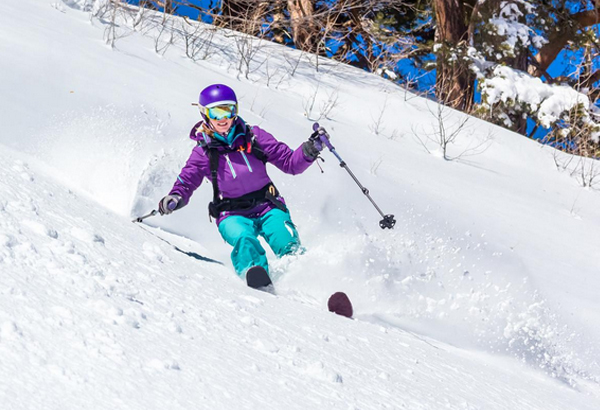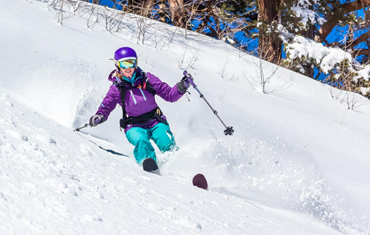
Skiing and winter sports offer the perfect blend of thrill and beauty—gliding through fresh powder, feeling the chill, and embracing winter’s freedom. But cold temperatures can be tough on the body, increasing the risk of muscle strains, joint injuries, and more. Whether you're carving down the slopes or staying active in the frosty outdoors, knowing how to prevent common injuries is key to staying safe and performing your best. Let’s explore effective prevention tips and treatment options to keep you strong and healthy all season long.
Why Athletes Face a Greater Risk of Musculoskeletal Injuries in Winter
Colder temperatures cause muscles to stiffen, reducing flexibility and making strains and sprains more likely. In addition, the cold slows circulation and reaction times, heightening the risk of slips and falls on icy or wet surfaces. Overexertion and the temptation to skip warm-ups to avoid the cold further increase the likelihood of injuries like ligament tears, fractures, and dislocations, particularly during winter sports or outdoor training sessions.
Prevention Strategies for Cold Weather Injuries
To prevent cold-weather injuries, proper warm-ups are crucial. Dynamic stretching and light cardiovascular exercises boost blood flow, helping muscles prepare for activity. Wearing weather-appropriate clothing, such as layers and insulated gear, helps maintain body temperature. Hydration is equally important, as cold weather can dull thirst signals, making dehydration more likely.
Treatment Options for Common Cold Weather Injuries
When injuries occur, prompt treatment is essential. The various options include:
Arthroscopy: A minimally invasive surgical technique used to treat joint injuries in areas like the hip, knee, and shoulder. Hip arthroscopy can repair labral tears and cartilage damage, knee ligament reconstruction addresses torn ligaments like the ACL, and shoulder arthroscopy is used for issues such as rotator cuff tears or dislocations. Arthroscopy allows for quicker recovery and less post-surgical discomfort compared to traditional open surgery.
Cartilage Restoration: Techniques such as microfracture surgery or autologous chondrocyte implantation (ACI) to regenerate damaged cartilage and improve joint function.
Orthobiologics: Treatments like Platelet-Rich Plasma (PRP) therapy or stem cell injections, which are used to accelerate healing in damaged tendons, ligaments, and joints.
Stay ahead of winter’s challenges! If you or a loved one is dealing with a cold-weather injury, schedule a consultation with us today to explore personalized treatment options designed just for you.
AUTHOR: Geoffrey Van Thiel, MD is a board-certified orthopedic surgeon specializing in sports medicine treatments of the hip, knee, and shoulder, with a focus on compassionate cutting edge care. Dr. Van Thiel’s commitment to athletics and an active lifestyle is evident in both his personal belief that activity leads to better health, and his involvement with the Chicago Blackhawks Medical Network, AHL Rockford IceHogs and US National Soccer Teams.





